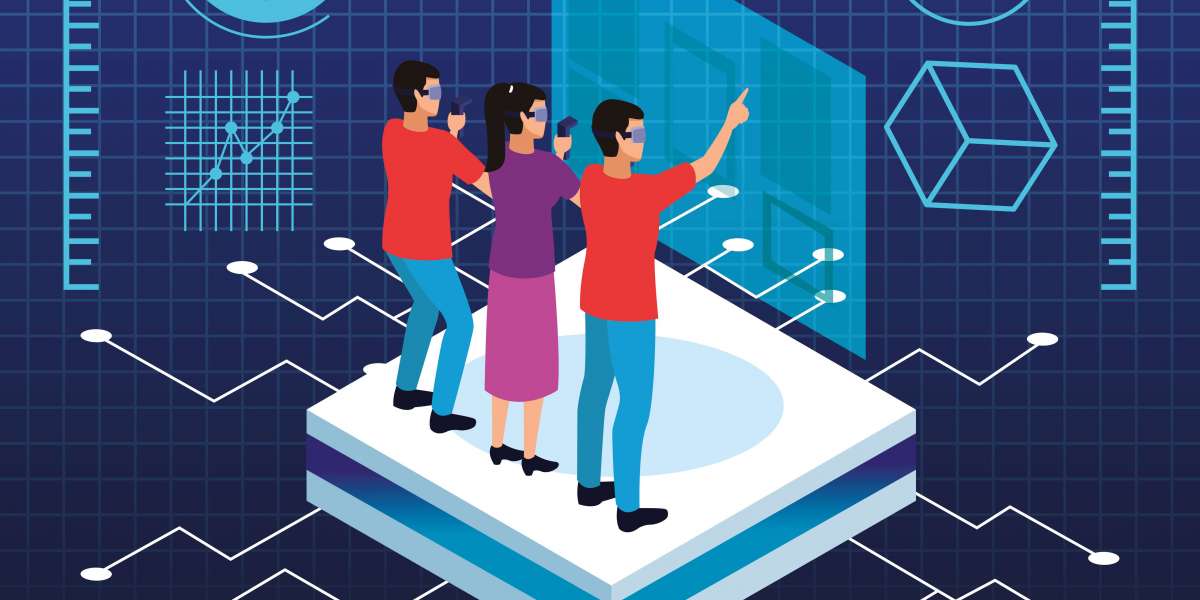Over the past decade, the use of 3D modeling and visualization in audiovisual system design has increased exponentially. Powerful 3D modeling and rendering tools have enabled engineers and designers to produce highly realistic digital prototypes of AV system layouts and configurations. This allows for early visualization and validation of design concepts as well as improved communication with clients and system integrators. In this blog post, we will explore some of the innovative new approaches that are being used to optimize 3D modeling workflows and develop advanced visualization templates for AV design.
Modeling Tools and Techniques
There are a wide variety of 3D modeling software packages available to AV designers today ranging from professional 3D CAD applications to more general 3D modeling programs. Some of the most commonly used tools for AV system modeling include:
Autodesk Revit - A BIM modeling application focused on architectural, structural and MEP design that also includes AV system objects. Revit enables coordinated modeling of all building systems.
CADsoft EASE - A dedicated 3D modeling software for acoustic, audio and AV systems design. EASE includes a comprehensive library of AV equipment models.
Dassault Systemes Solidworks - A popular general mechanical 3D modeling program that has an established user base in adjacent industries like industrial and product design. Solidworks macros and add-ins provide AV specific functionality.
AVEVA E3D - A plant design software with dedicated modules for modeling audiovisual, security and public address systems integrated with other building systems.
While traditional modeling approaches involve manually constructing 3D objects, recent techniques like parametric modeling and asset libraries are streamlining AV design workflows:
Parametric Modeling - Utilizing parametric or "formula based" constraints enables designing flexible, reusable models where dimensions, materials and properties can be easily modified as needs change.
Common Object Libraries - Sharing standardized 3D models of commonly used AV equipment across projects and offices improves efficiency. Models can be easily configured as needed in new layouts.
Assemblies and Subassemblies - Breaking complex systems down into basic modules and components that can be later brought together digitally reduces modeling effort.
Interface Tools - Plugins, macros and interoperability functions between modeling software and other design/documentation platforms enhances overall coordination.
Advanced Visualization Techniques
Beyond just constructing accurate 3D models, the focus today is on using technology to develop highly realistic and interactive visualization experiences:
Photorealistic Rendering
This involves applying sophisticated textures, materials, lighting and rendering algorithms to generate imagery nearly indistinguishable from photographs. Clients can now "virtually walk through" proposed AV installations before construction starts.
VR/AR Visualization
Leveraging immersive technologies like virtual and augmented reality enables bringing digital prototypes to life in an interactive way. Engineers can visualize systems from any angle while clients can experience "living in the future building".
Parametric Visualizations
Integrating real-time parameters into visualizations allows updating layouts on the fly based on changing requirements. What-if scenarios can be explored rapidly by modifying quantities, locations, interfaces etc.
Multi-touch Interactivity
Advanced touchscreen interfaces facilitate intuitive interactions with digital models. Multiple stakeholders can collaborate simultaneously on the same digital canvas to evaluate options together.
Integrated Acoustic/AV Modeling
Combining 3D acoustic modeling techniques with visualization of accurate equipment placements enables validating audio coverage and comprehensively addressing acoustical design objectives early in the process.
Innovative Design Templates
The next evolution is development of customized application-specific design templates that embed intelligent parametric rules and libraries optimized for visual communication in particular verticals:
Conference Room Design Templates
Layout and component libraries customized for different scale meeting rooms along with configuration rules to rapidly model standardized yet customizable solutions. Templates guide less experienced users as well.
Worship Space Templates
Pre-designed acoustical zones, sanctuary layouts, worship production areas etc. with drag-and-drop capabilities to explore options and generate documentation like schematics automatically.
Sports Venue Templates
Malleable 3D models of generic but scalable sections of stadiums, arenas including scoring booths, private suites etc. Metadata driven interconnectivity allows assembling complete venues.
Corporate Campus Templates
Reusable virtual building blocks of modular office floors, collaboration areas along with customizable networked infrastructure backbones to visualize distributed workplace ecosystems rapidly.
Healthcare Templates
Standardized clinical space templates like operating rooms, procedure suites etc. integrated with scheduling/staffing data to assess long term capacity planning across expanding hospital campuses visually.
Conclusion
In conclusion, the convergence of 3D modeling, photorealistic rendering, immersive visualization technologies and application of intelligent parametric rules through customized templates is enabling unprecedented innovation in representing and communicating AV system designs digitally. This allows addressing challenges across the design process more quickly and providing clients with engaging experiences of their future audiovisual infrastructure well before construction begins. As tools continue to advance, the definition of what constitutes an AV "design" will evolve to encompass highly interactive virtual prototypes.
Read Related:- https://click4r.com/posts/g/12473801/








